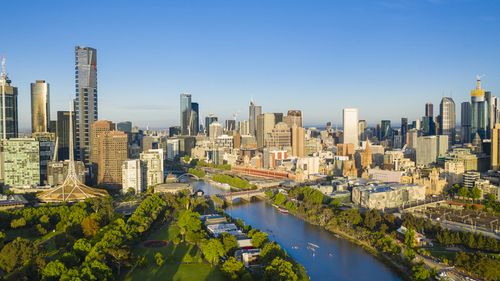Melbourne is no longer on track to overtake Greater Sydney’s population, meaning Sydney will retain its position as Australia’s largest city for at least another decade.
However, the latest statement notes that a review of overseas migration flows has changed that.

“Having reassessed state-level overseas migration patterns, the Centre no longer projects Greater Melbourne’s population to overtake Greater Sydney’s by 2034–35,” the statement said.
Other cities are set to experience a population boom, with Greater Brisbane projected to be home to more than half of Queensland’s population from 2025–26 for the first time since 1978.

Australian cities fall in the ranking of the world’s most liveable
As of 2023–24, Greater Sydney’s population stands at 5.6 million, making it the largest city in the country, with 66 per cent of New South Wales’ total population.
However, its growth rate is expected to slow, dropping to 2.3 per cent in 2023–24 and 1.7 per cent in 2024–25.

Meanwhile, Greater Melbourne’s population is currently 5.4 million, comprising 77 per cent of Victoria’s population.
Like Sydney, Melbourne’s growth rate is also projected to decline, reaching 2.9 per cent in 2023–24 and 2.2 per cent in 2024–25.
Australia’s population is projected to grow from 27.1 million people in March 2024 to 31.3 million people by 2034–35.
The annual population growth is forecast to decline from 2.1 per cent in 2023–24 to 1.2 per cent by 2034–35.







